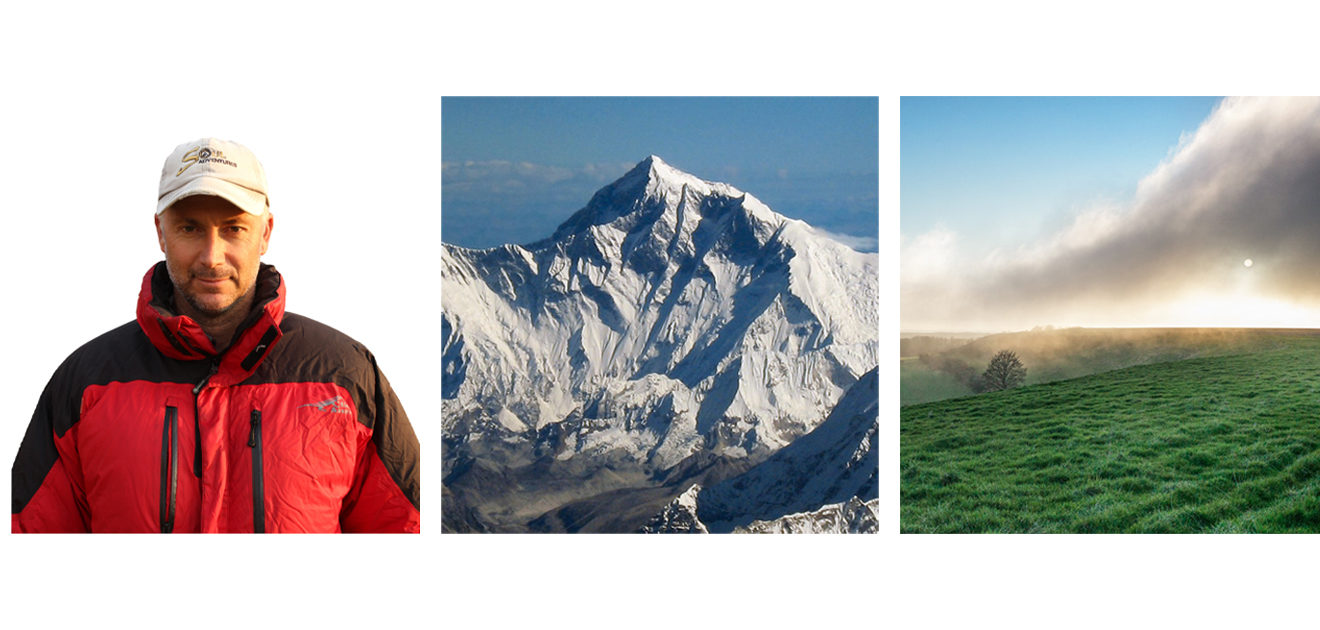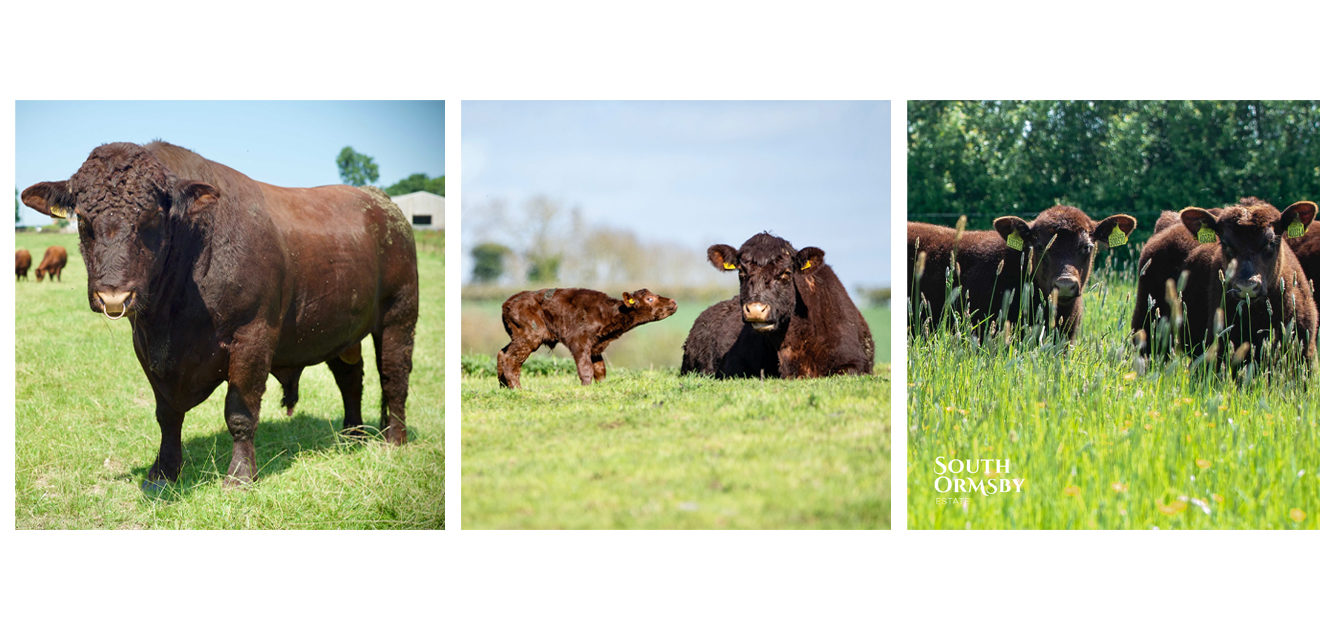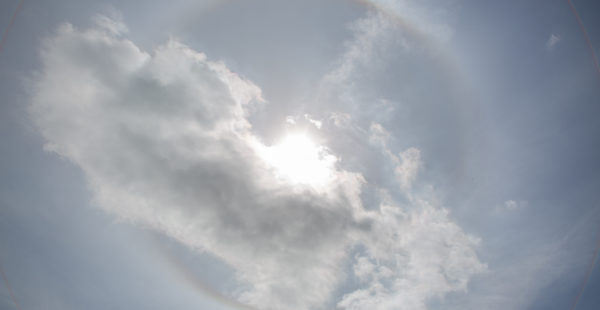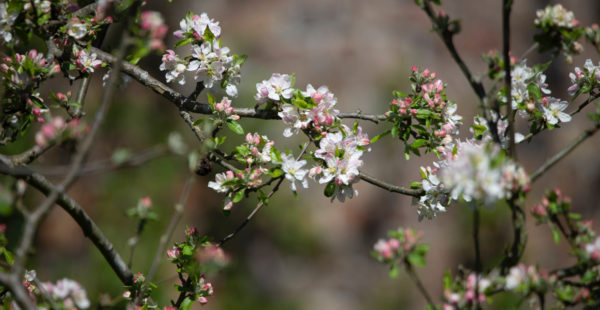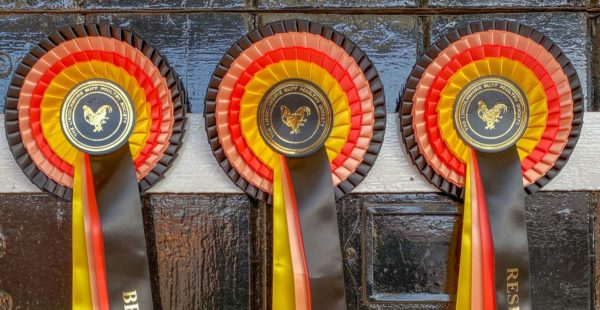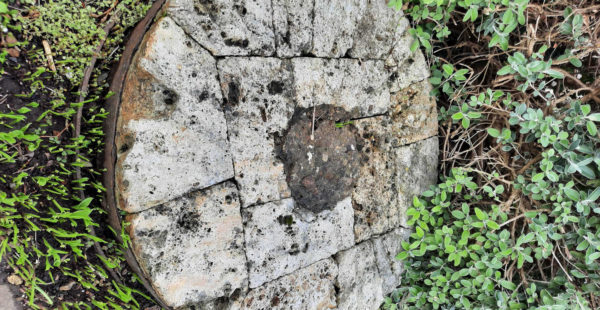From Cape Town to South Ormsby: Darren’s Story
At South Ormsby Estate, we’re working hard to put the principles of regenerative and sustainable agriculture into practice and show that biodiversity and the rural economy can flourish together. Our herd of rare, native-breed Lincoln Red cattle is the keystone of our farming model. As we make the most of late summer on the pastures and prepare for colder seasons to come, we caught up with our new Herd Manager, Darren MacDonald.
“I’ve been here since June,” said Darren. “My wife pushed me to come to the UK, even finding the job and setting things up. I flew in from South Africa to see the place and chat with Paul. I saw the same organic, regenerative approach I was passionate about.
“I’m 49-years-old, I’m from north of Cape Town and I’ve been in agriculture most of my life. Farming was in the family and we had about 280 head of cattle. I’ve had various commercial jobs too and have studied business administration and marketing. In my thirties, I ran a mountaineering business and travelled widely. We took clients to the highest mountain on every continent. I’ve tackled Everest, Kilimanjaro and the Andes to name a few.
“Mountaineering was a massive learning curve. It teaches good life lessons like persistence, patience and stoicism. I handed over the business to youngsters a few years ago. Covid messed up the travel industry plus I’ve got family and I’m getting older now. I’m not pushing the limits like I used to.
“Here in Lincolnshire, I’m still keeping up my fitness. I’m running the fences and fields at night to check all is well, getting my cardio on the job. I’m not as fit as I was when I hauled a 40kg pack up a mountain for 10 hours every day, but I can still run 10k no problem.

